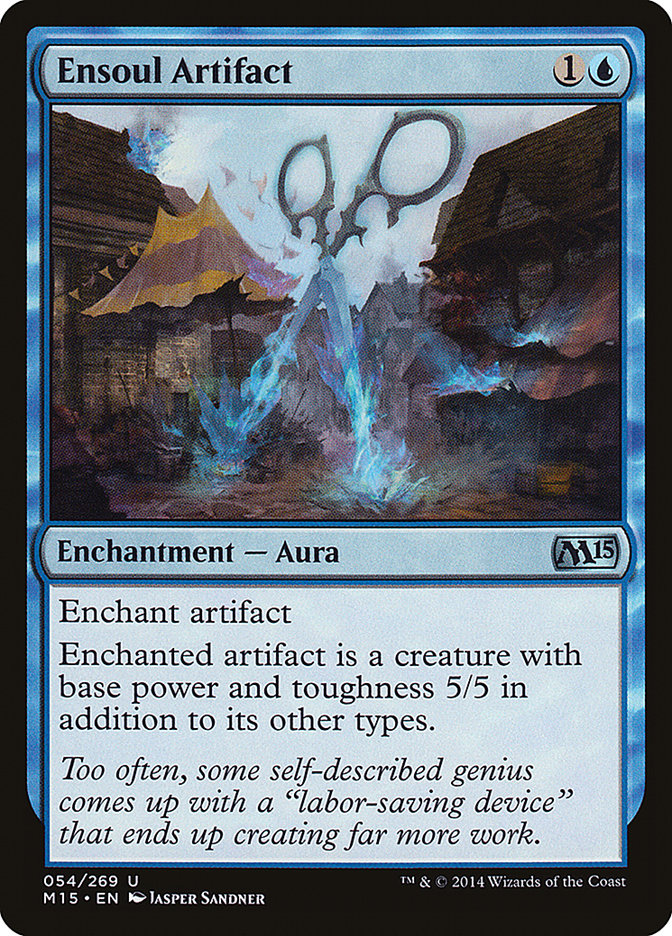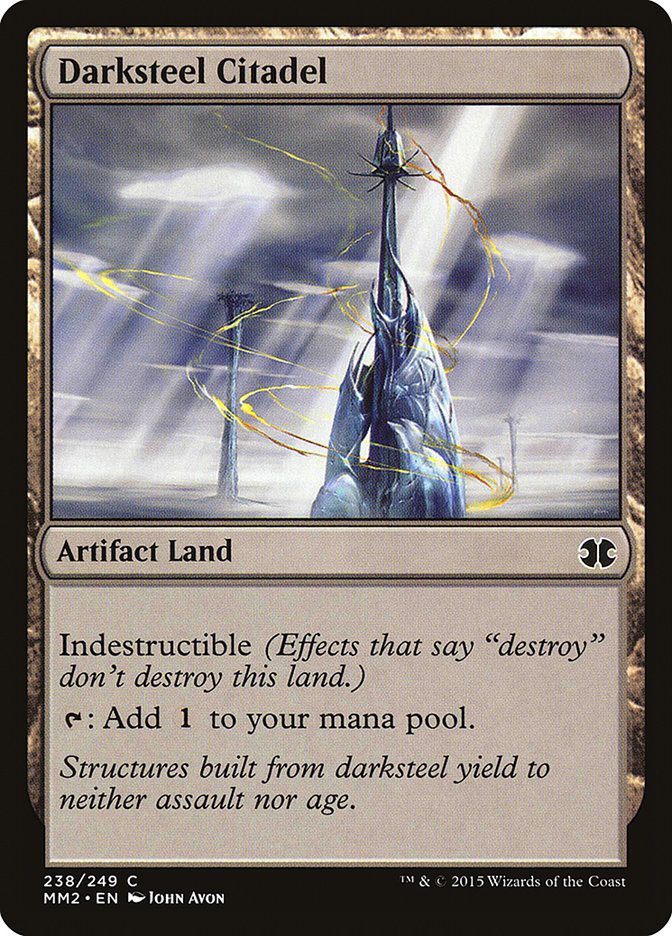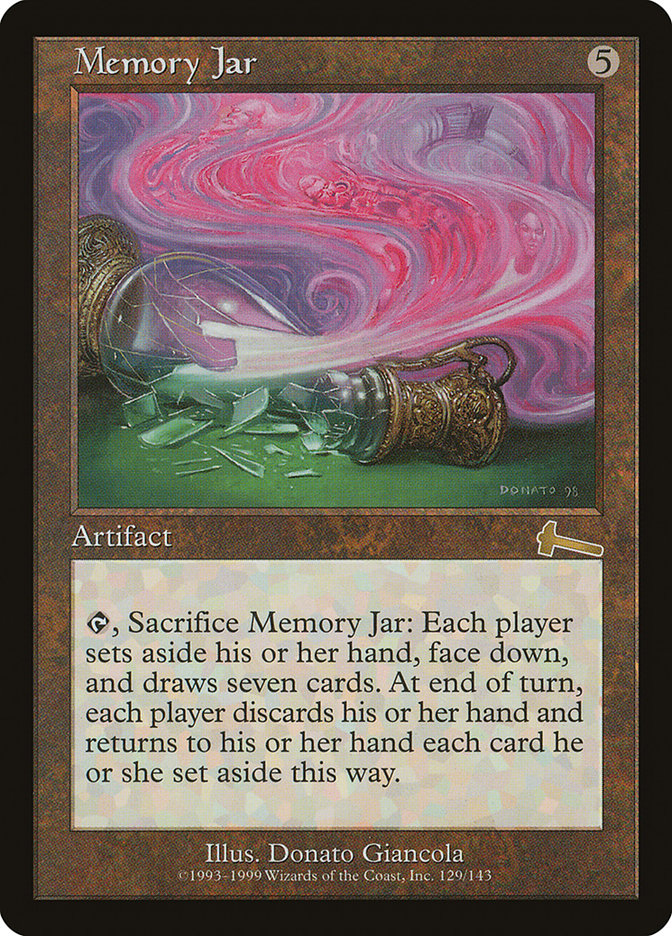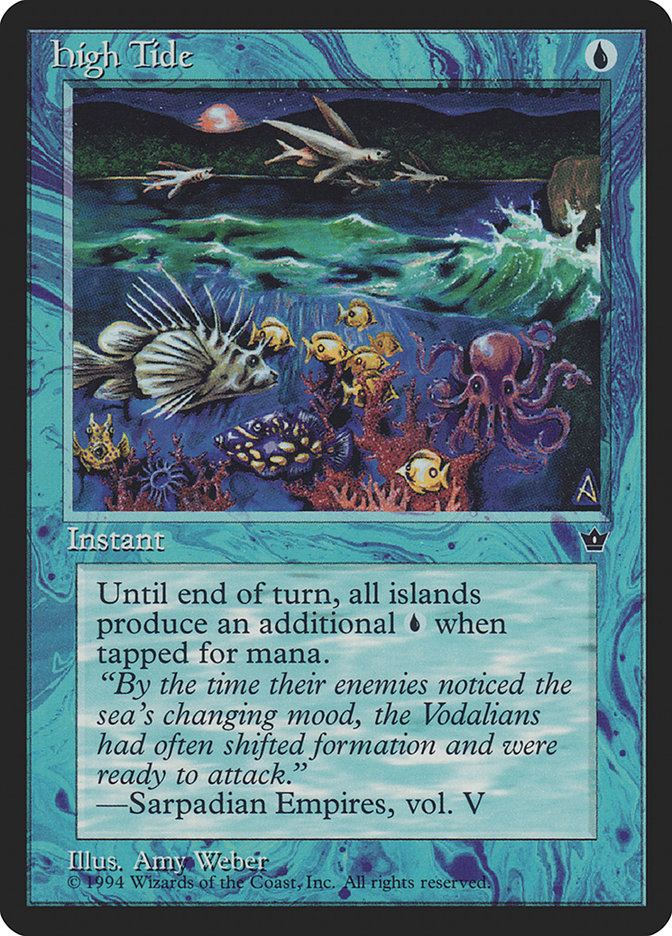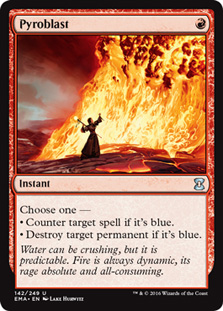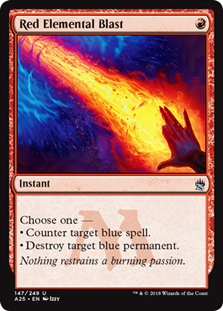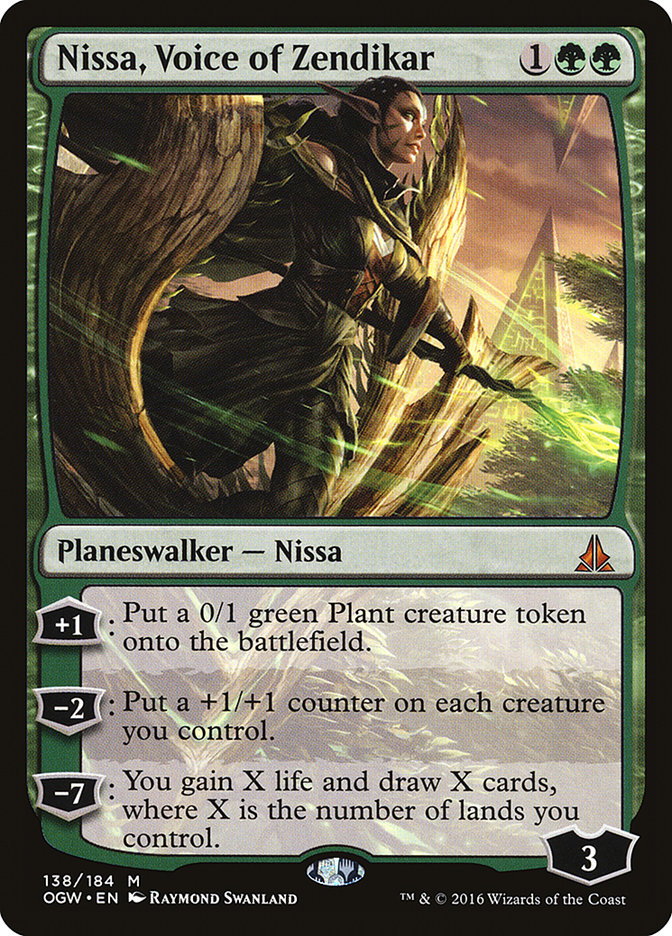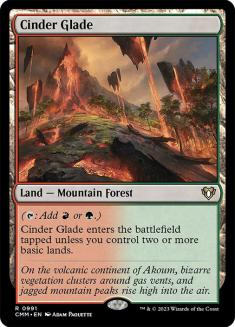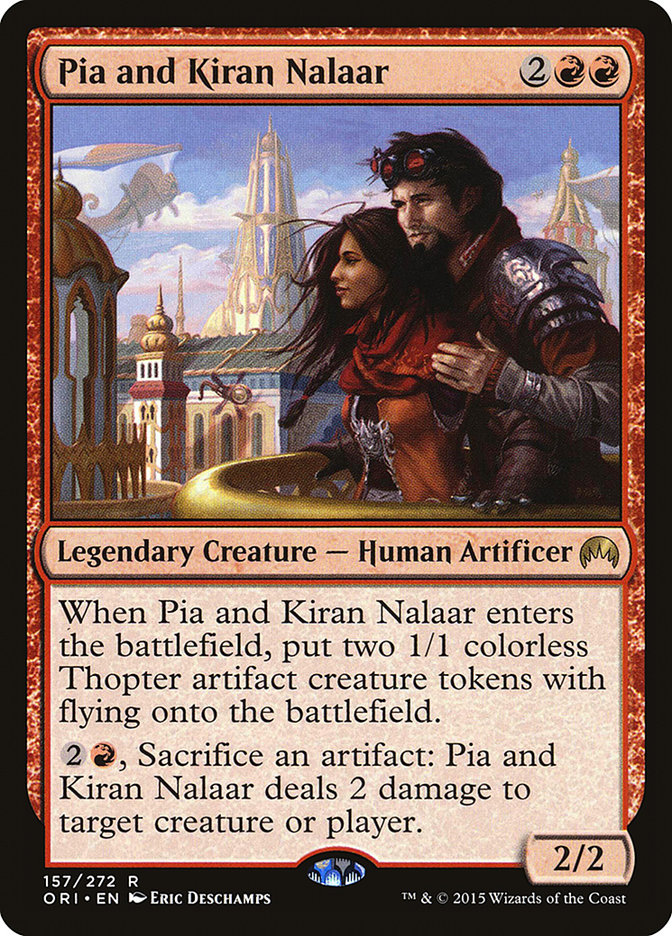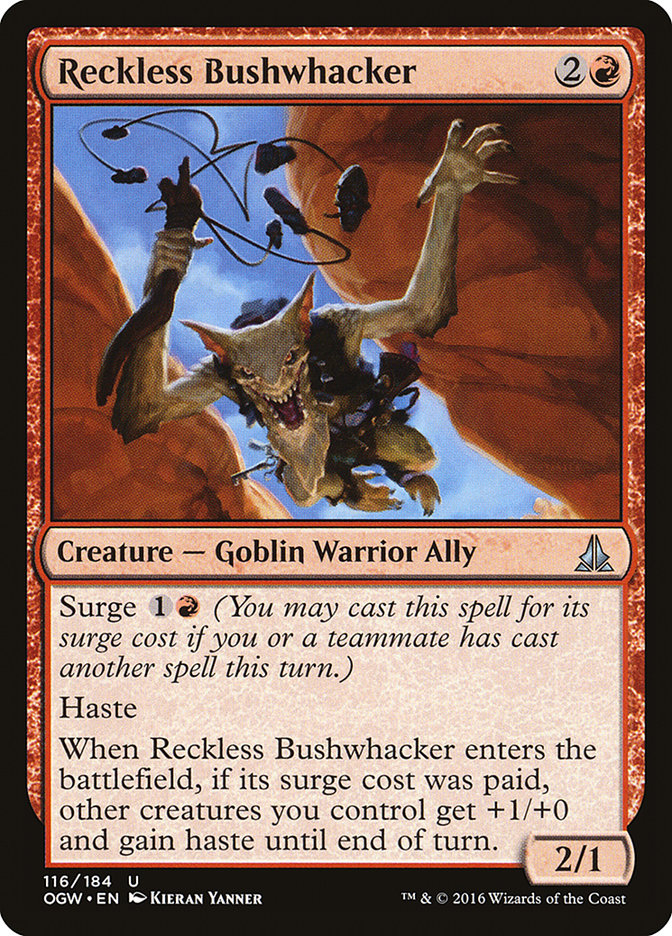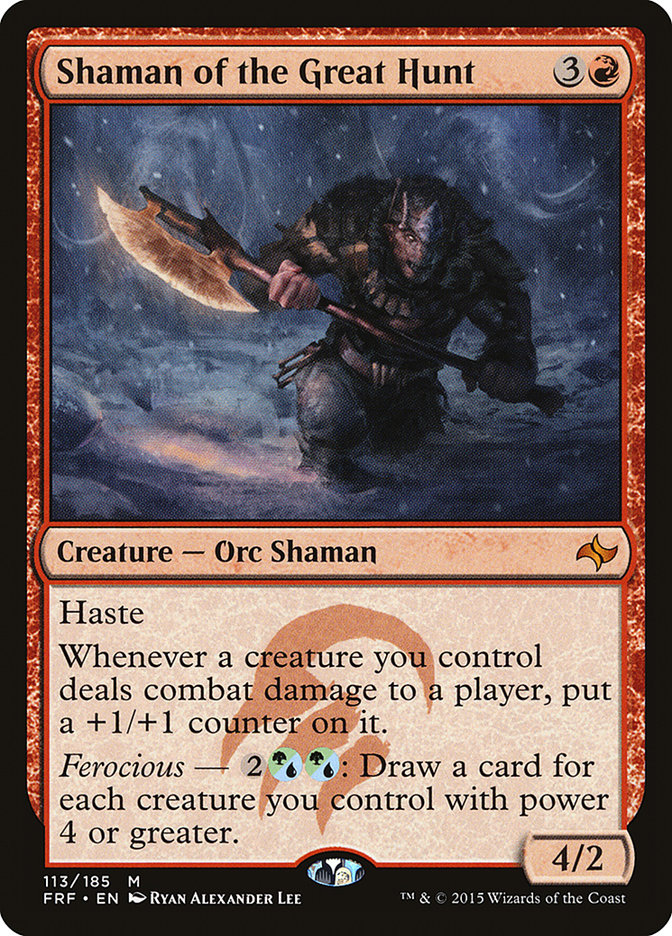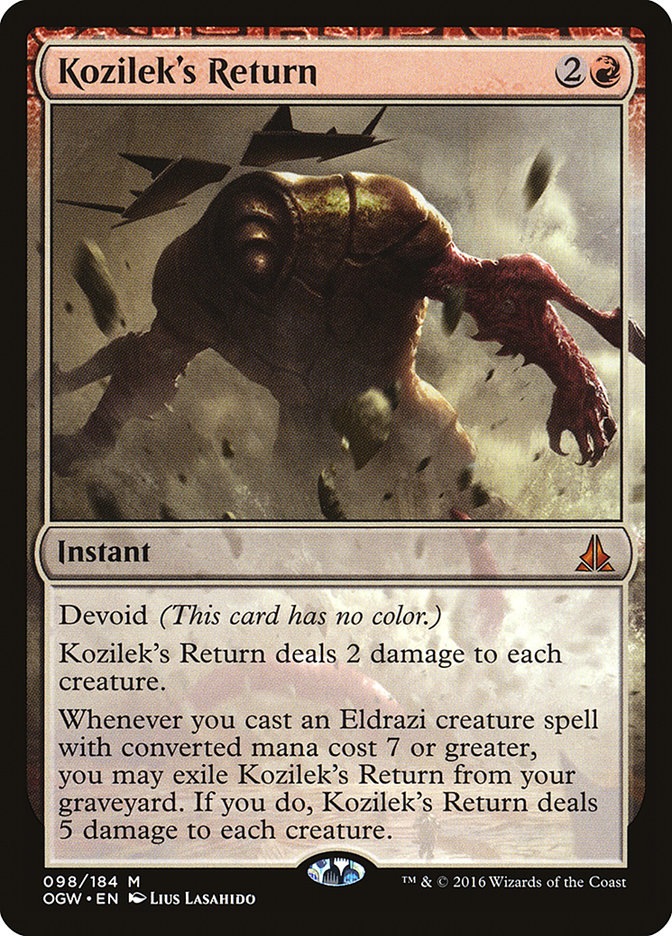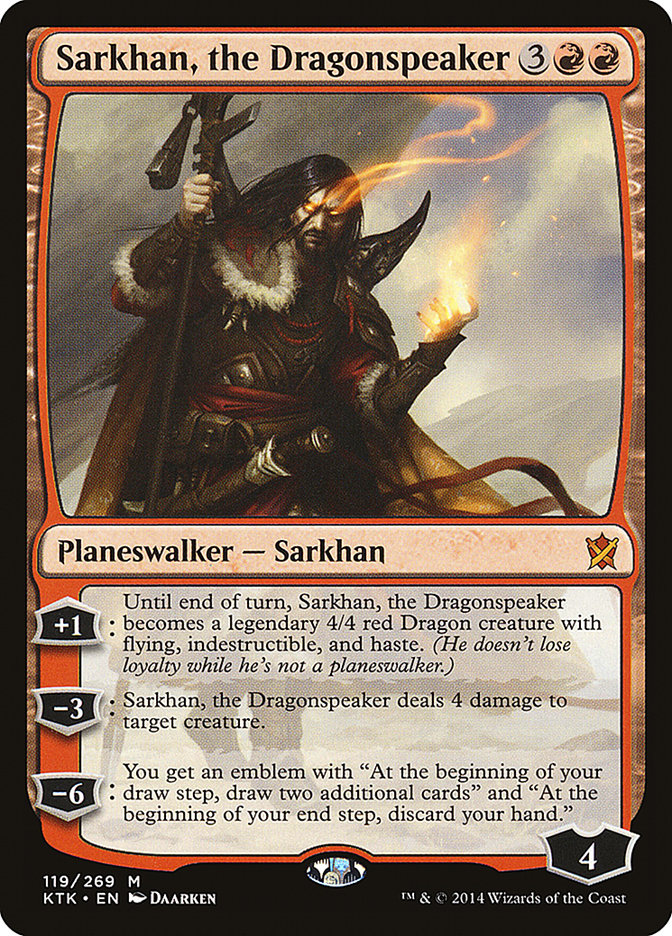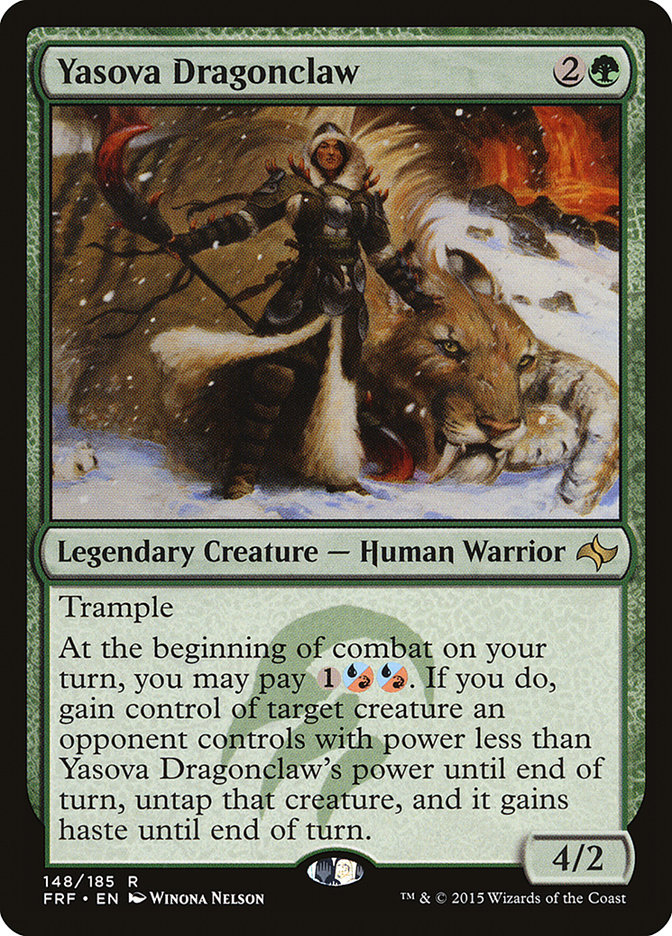
Creatures (18)
- 4 Monastery Swiftspear
- 3 Zurgo Bellstriker
- 3 Pia and Kiran Nalaar
- 4 Abbot of Keral Keep
- 4 Reckless Bushwhacker
Lands (23)
Spells (19)

If you look at the results of the MOCS, you’ll see that he was the highest-placing Atarka’s Command deck. Above him was a sea of Eldrazi Ramp, Four-Color Rally, and Bant Company.
And when I look at it, I love it… until I get to the sideboard.
It’s not that I don’t like the green switch. What I don’t like is the heavy, heavy commitment of lands to the real estate in the sideboard. Historically, using that much space is just so precious, it doesn’t quite work.
So, I contemplated what could be done, and I thought about the past.
The Value of History
Anyone who knows me knows that, when it comes to Magic, I’m a huge proponent of understanding history. Sometimes that can be just looking back to the previous format; sometimes it can be looking back into an entire other era.
Let’s take, for example, the hullabaloo coming up around Eldrazi decks in Modern. The dominance of the deck was nothing short of flabbergasting. Immediately, there were numerous calls from people expressing the idea that this finish was clearly an indication that “mistakes were made” with Oath of the Gatewatch, and that we’d need to do a banning almost immediately to save Modern.
This is just an overreaction, though, especially based on history. If we barely turn back the clock at all, only to Pro Tour Magic Origins, there were three red decks of an entirely new makeup (the heavy-burn style played by Team Ultra PRO among others, including champion Joel Larsson), and two players running the “Scissors” of U/R Ensoul Artifact. The two decks went into the tournament as unknown entities and were very successful. But after the tournament, released into the wild, both archetypes dried up nearly immediately. Once they actually had targets on their head rather than being a surprise, they were dominated by other decks that were able to take those Pro Tour decks head-on.
This is one of the common things about metagames. They adjust.
Now, it is absolutely possible that Modern Eldrazi decks will continue to dominate so much that they, like Jund before them, will need to have a weapon taken away to make Modern more interesting. But, as someone who lived in the world of Combo Winter, I can tell you, this is not Combo Winter.
Back in Winter of 1998, things were that busted.
High Tide and Memory Jar decks were simply asinine, and at the very last major Grand Prix they were legal, they didn’t take the crown simply because the deck in the finals had its own “combo-like” feel and an entirely hateful sideboard for High Tide, the de facto best combo deck of that time.
Here is Mark Gordon’s deck:
The Memory Jar deck could kill on turn 1 – though usually it killed on turn 2 or 3 – but typically had a huge problem with the slower combo deck, High Tide, which was more likely to kill on turn 4 or later. Results in that matchup varied widely, but basically, the better the two players were, the more likely that High Tide would come on top (much like the same result in Burn vs. U/W Control around Pro Tour Magic 2015). Mark’s deck was fast and could kill on turn 4 as well, but was much more likely to kill later. It just had great game against High Tide because of this:
The format was so warped that it was rational to play these cards in a deck that might normally only run a small handful.
It’s possible the Eldrazi will create a similarly warped result, but if that is the case, it seems to me that it’s too early to make that claim. Few of the same signs are immediately apparent, and while I’ve seen some archetypes apparently die, much like animals in the wild might when the ecosystem shifts, I don’t yet see this as a worldwide extinction-level event.
It could be, but I’m not ready to start yelling about the sky falling.
History and Wrapter’s Deck
Let’s return to history and think about Josh Utter-Leyton (Wrapter) and his deck.
Really, what we’re looking at are an incredible number of slots dedicated to making this card work:
Now, I, for one, believe she works. But in practical terms, there are costs to having this much of your sideboard real estate taken up:
Historically speaking, the places where you could afford to make this much of a commitment in your sideboard to land have tended to be formats where truly horrifically broken things were possible from your lands. Standard is not that.
So what is it that we’re really getting out of Nissa, Voice of Zendikar?
I think we’re getting the same thing we see here:
Creatures (4)
Planeswalkers (4)
Lands (25)
Spells (27)

Mueller’s deck is, fundamentally, a Gideon, Ally of Zendikar deck.
Endless tokens are fine, but when you pump them up, they become truly great. Nissa, Voice of Zendikar is running a similar role here for Wrapter, coming in from the sideboard in any matchup where you need to be able to push things over the top with a slightly different plan. It is even easy to imagine rocking a defensive game behind Nissa’s plants and some of the tokens until you hit the ultimate and –7 into a victory.
All of this comes under the assumption that the mana needs for the deck are demanding a third Cinder Glade and ample ways to find it. So let’s look at a few other decks that might be worth thinking about.
Here are three builds of R/G Landfall from Pro Tour Battle for Zendikar:
Creatures (20)
- 4 Monastery Swiftspear
- 1 Zurgo Bellstriker
- 4 Den Protector
- 4 Abbot of Keral Keep
- 4 Scythe Leopard
- 3 Snapping Gnarlid
Lands (24)
Spells (16)

Creatures (20)
- 4 Monastery Swiftspear
- 2 Zurgo Bellstriker
- 3 Den Protector
- 4 Abbot of Keral Keep
- 4 Scythe Leopard
- 3 Snapping Gnarlid
Lands (24)
Spells (16)

Creatures (23)
- 4 Monastery Swiftspear
- 3 Zurgo Bellstriker
- 4 Abbot of Keral Keep
- 4 Scythe Leopard
- 4 Makindi Sliderunner
- 4 Snapping Gnarlid
Lands (22)
Spells (15)

Seth and Corey played the exact same deck, and Seth was the top finisher with the archetype. 24 lands and 22 lands. All of these decks were only interested in finding the first green, though a second green was also a reasonable thing for those games where you’d be double-threating green spells. Zvi’s is the outlier at 22 lands, but it also wasn’t running Den Protector, as they were (and as Wrapter has in his sideboard).
The first thing I wanted to do was satisfy myself that the lands could be dealt with. I don’t see anything going on in Wrapter’s list that makes me say to myself, “I want to go up to 27 lands.” Yes, I understand that the ultimate on Nissa is keyed on lands, but the classic Atarka Red decks wanted 21 lands (or sometimes twenty), the R/G Landfall that Team Mad Apple played ran 22 (and some felt that was too many), and the Den Protector builds of R/G Landfall from numerous teams capped out at 24.
I tried a few configurations, but eventually settled on Wrapter’s main manabase with the following swap:
These were removed for:
You have only three targets in the whole deck for your four Windswept Heaths. One of the things to keep in mind, though, is that you are not obligated to search for Cinder Glade with Bloodstained Mire and Wooded Foothills. By simply keeping in mind what mana I wanted based on my hand, and what mana was left in my deck, the number of times I actually had anything “go wrong” was so low as to be negligible.
There is surprisingly little else to change.
I don’t have enough repetitions yet to know if there is more to be changed, but there is one thing that did keep coming to mind: I really wanted a touch more reach.
I like Outnumber, but at the same time I kept being stuck in a position where I had to attack if I wanted to win, and I couldn’t do much to get in surprise damage other than multiple pump spells. It was true that Pia and Kiran Nalaar could sometimes change the equation, but mostly they were either great on their own or not quite sufficient.
I guess I just wanted more ways to wrap up games where I was ahead
But what to take out?
Reckless Bushwhacker came to mind in large part because it was the most difficult card to make use of in the deck. However, it also created so many disturbingly lopsided games that it felt like a bad choice to cut.
Outnumber also came to mind, but every Outnumber that you cut is another Reckless Bushwhacker that becomes awkward. You just need those cheap spells to make it work.
Ultimately, it came right down to the fact that the two most likely candidates were too critical to the deck, and about the only thing I somewhat liked was running a singleton Hooting Mandrils over an Outnumber. It was fine. Even good. But not particularly Earth-shattering, and the returns seemed worse.
The sideboard, however, was another thing entirely.
I still had the single land in the sideboard, Cinder Glade, to help support a Nissa, Voice of Zendikar game plan. And I was actually fully onboard with all of the spells in the sideboard. They’d all been vetted very clearly in previous builds of similar decks to great results. But what of that extra land?
In some instances, you’ll have sideboarding situations where you’ll feel as though you want a great deal of extra land in order to enact a gameplan involving more expensive cards. However, oftentimes in those matchups, the nature of the matchup itself actually provides more turns for that extra land to appear.
Further, you can play cards that help make them appear.
There were two cards that I was thinking of:
I liked the initial way that Shaman of the Great Hunt played out, and it was certainly a great card in those matchups where you were pushing damage.
There were a few games where Kozilek’s Return really made it feel pretty crappy, though. Then again, there were a few games where it made Kozilek’s Return look pretty crappy.
Ultimately, though, Outpost Siege won out because it was just a more powerful card. It felt great to put an Outpost Siege onto the battlefield to just lock out a game because the opponent couldn’t even afford to get rid of your creatures. In other games, it felt great to just add to the grinding plan that you were already engaged in.
Going to two copies of Outpost Siege felt just right. Both sides of the card were doing things that were doing practical things the deck liked doing.
There was still room for a final card. Taking a lesson from several lists (Paulo Vitor Damo da Rosa at #PTBFZ, Joel Larsson at #PTORI, others), the answer could be slightly more removal – the most likely candidate being Roast. The other side of the equation could be to run an alternate path of damage in the form of a planeswalker or flying creature. Re-examining the R/G Landfall lists from #PTBFZ, I saw the solution that Seth Manfield and friends had already had success with:
With that I had my list. Here is my current version.
Creatures (18)
- 4 Monastery Swiftspear
- 3 Zurgo Bellstriker
- 3 Pia and Kiran Nalaar
- 4 Abbot of Keral Keep
- 4 Reckless Bushwhacker
Lands (23)
Spells (19)

I really like this deck a lot, and it is my favorite attacking deck I’ve been working on (albeit only this week). One of the elements I love about the deck is the ability to feel like a legitimate aggressive deck and be able to change into a legitimate midrange deck. If you are in a matchup where the plan of “be fast” doesn’t seem to be cutting it, you can truly hang in a “be slow” game.
At the same time, you can still run an aggressive plan and have good cards after sideboarding. Outpost Siege can be great when you’re being aggressive, as can Yasova Dragonclaw or Sarkhan, the Dragonspeaker.
Is this really all that different than Wrapter’s build? Not truly. But nudging a deck is tricky work, and bringing to bear the lessons of history can make it all the easier (even if the change is only six cards out of the 75). Now, it’s possible that I’ll discover that I actually am wrong and I do want to be bringing in a ton of land, but so far I’ve felt pretty comfortable taking a more conservative route.
With a game as old as Magic, there are countless decks to look at for inspiration and to help understand what fundamentally works in what Patrick Chapin has called “the physics of Magic.” When building a new deck, it is very unlikely for it to behave in a way that is radically different from what has worked in the past. Instead, we are usually just working on variations of a theme.
Early on, almost all decks, even particular good new decks, can still be improved. Even by the time a list hits its apex, the shifting metagame can make constant moves important. You can make those changes based on empiricism and the iterations of constant play. This is one of the best ways to make changes, in fact. Alternatively, looking at the work of times past can help you reduce that need (though not eliminate it).

